How to choose the best seed for your garden
Guide to Choosing the Best Seeds for Your Garden
When planning and growing a vibrant and healthy garden, choosing the right seeds is essential. From beautiful flowers to delicious vegetables, the right seed selection can make the difference between an average garden and an exceptional one. Here's a step-by-step guide to help you choose the best seeds for your gardening project.
1. Define Your Goals: Before selecting seeds , it's essential to define your gardening goals. Are you looking to grow an ornamental garden full of colorful flowers? Or do you prefer a vegetable garden to harvest your own fresh produce? Understanding your goals will help you focus on the right seeds for your project.
2. Consider Your Planting Zone: Each region has its own unique climate and soil conditions. Before purchasing seeds, research which plants thrive best in your area. Consult the U.S. Department of Agriculture (USDA) Hardiness Zone for region-specific information.
3. Evaluate Available Space: How much space do you have for your garden? If you have a small yard, you may want to opt for compact plants or grow in containers. On the other hand, if you have a large plot of land, you may want to consider planting a wider variety of plants.
4. Choose Quality Seeds: It's essential to purchase high-quality seeds from a reliable supplier. Look for fresh, certified seeds to ensure successful germination and healthy plants. You can find a wide variety of quality seeds at gardening specialty stores or online.
5. Select Plants Adapted to Your Environment: Choose plants that adapt well to your garden's specific conditions, such as the amount of sunlight available, soil type, and humidity level. Native plants are often an excellent choice, as they are well adapted to the local environment.
6. Variety and Diversity: Experiment with a variety of seeds to add visual interest and biological diversity to your garden. Mix different colors, textures, and heights to create a unique and vibrant landscape.
7. Consider Maintenance Needs: Before selecting seeds, consider the level of maintenance each plant requires. If you have limited time to devote to gardening, choose plants that are easy to grow and require little maintenance.
8. Plan the Planting Season: Make sure you sow seeds at the right time based on the season and local weather conditions. Some plants prefer to be planted in spring, while others are better suited for fall or winter.
9. Read the Planting Instructions: Before sowing your seeds, carefully read the planting instructions provided in the package. Follow the recommendations for planting depth, plant spacing, and subsequent care to ensure the success of your crops.
By following these steps, you'll be well on your way to selecting the best seeds for your garden and creating a lush, vibrant green space. Enjoy the process of gardening and watch your garden bloom with beauty and abundance!
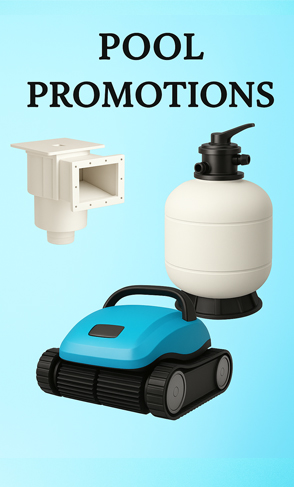




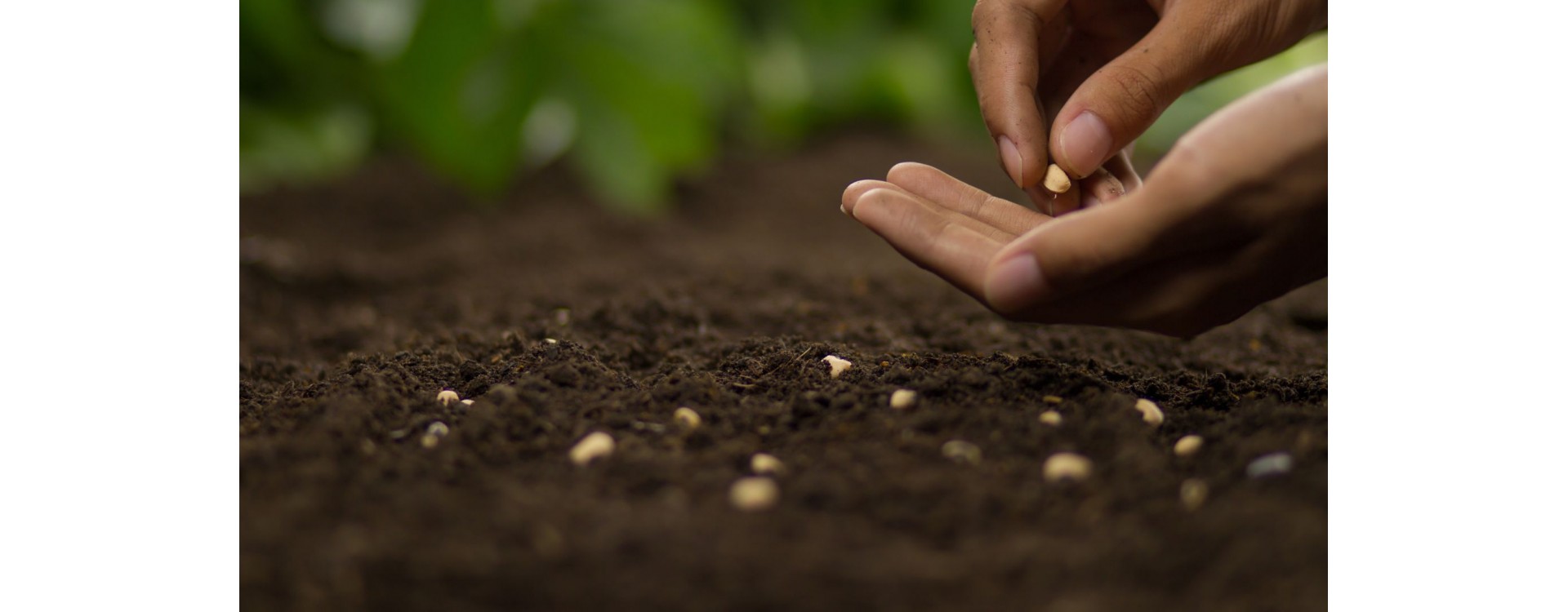

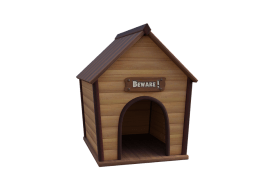

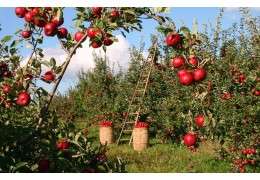

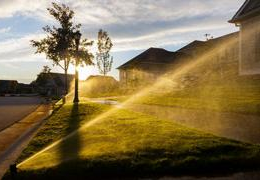
Leave a comment